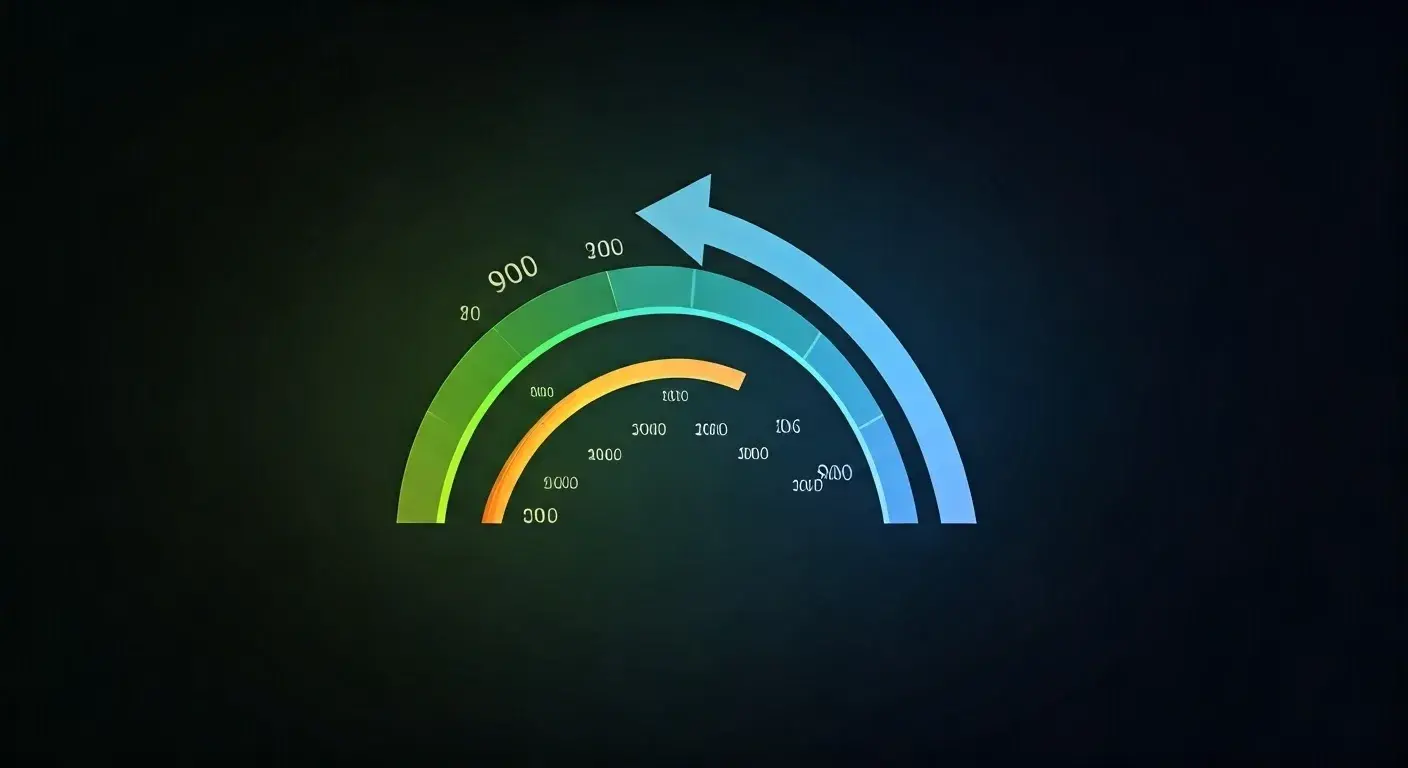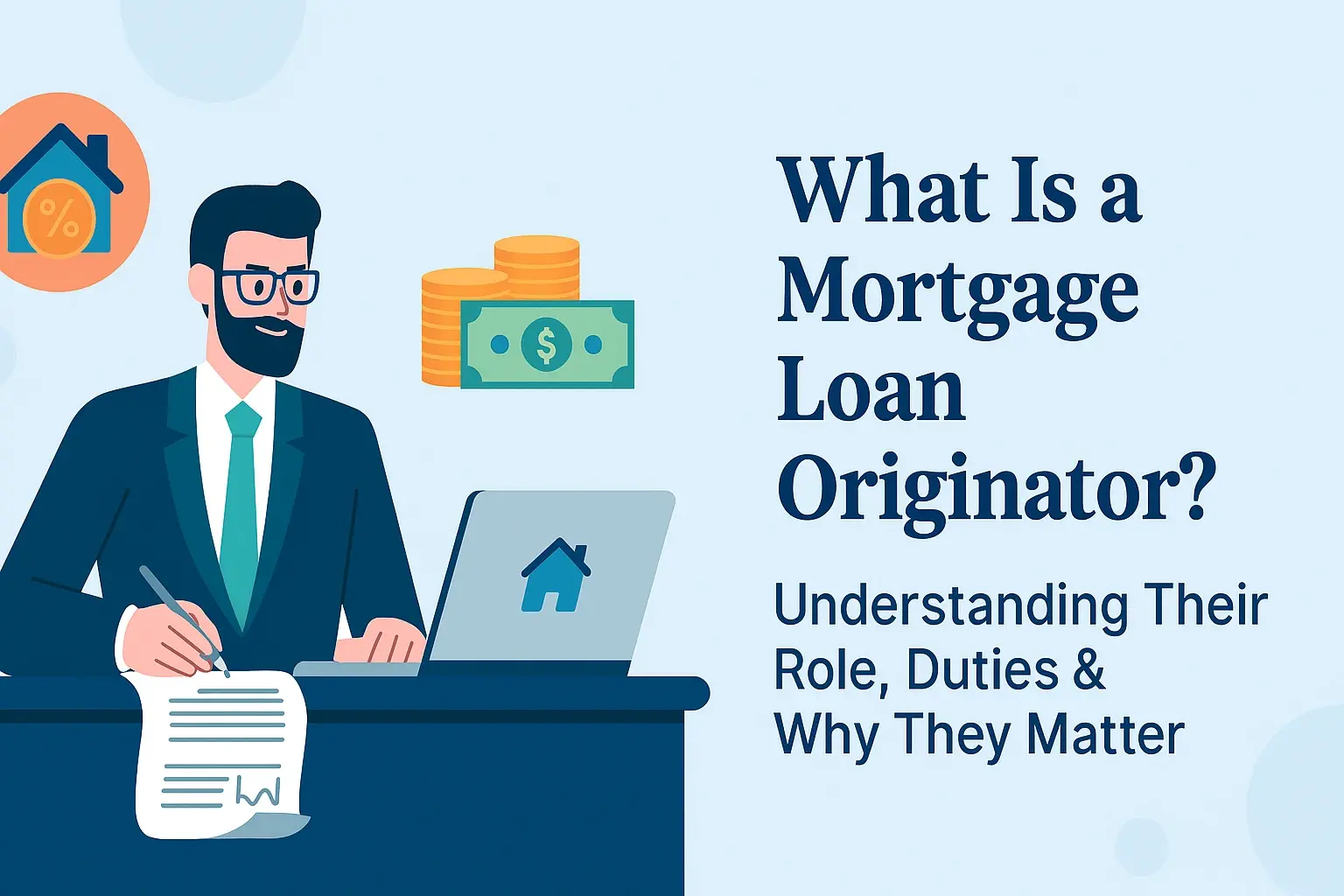-
Posted on: 27 Jan 2025Updated on November 2025

-
Your credit score is a crucial indicator of your financial health. It significantly impacts your ability to secure loans, rent an apartment, or even get approved for a credit card. If you're wondering whether a credit score of 696 is good, you've come to the right place. This comprehensive guide will break down what a 696 credit score means, how it compares to other scores, and what steps you can take to improve it.
What is a Credit Score?
A credit score is a three-digit number that represents your creditworthiness. It's calculated based on information in your credit report, which includes your payment history, outstanding debt, length of credit history, new credit applications, and credit mix. Lenders use this score to assess the risk associated with lending you money. The higher your score, the lower the risk, and the better your chances of getting approved for credit at favorable terms.
The Importance of a Good Credit Score
A good credit score unlocks numerous financial opportunities and benefits, including:
- Lower Interest Rates: Access to loans and credit cards with lower interest rates, saving you money over the life of the loan.
- Better Loan Terms: Favorable loan terms, such as longer repayment periods and lower fees.
- Higher Credit Limits: Increased credit limits on credit cards, providing more financial flexibility.
- Easier Approvals: Higher chances of getting approved for loans, mortgages, and credit cards.
- Lower Insurance Premiums: Some insurance companies use credit scores to determine premiums, so a good score can lead to lower rates.
- Rental Opportunities: Landlords often check credit scores, and a good score can improve your chances of securing a desirable rental property.
- Utility Services: Some utility companies may require a deposit if you have a low credit score, which can be avoided with a good score.
Understanding the Credit Score Ranges
Credit scores are typically categorized into different ranges, each indicating a different level of creditworthiness. The most common scoring models are FICO and VantageScore.
FICO Score Ranges
The FICO score ranges from 300 to 850. Here's a general breakdown:
- Exceptional: 800-850
- Very Good: 740-799
- Good: 670-739
- Fair: 580-669
- Poor: 300-579
VantageScore Ranges
The VantageScore also ranges from 300 to 850, with similar categories:
- Excellent: 750-850
- Good: 700-749
- Fair: 650-699
- Poor: 550-649
- Very Poor: 300-549
Is 696 a Good Credit Score?
Based on both FICO and VantageScore scales, a credit score of 696 typically falls within the "Fair" range. While it's not considered a "good" score, it's also not considered "poor." It's a borderline score that indicates there's room for improvement, and that you may face some challenges when applying for credit.
What a 696 Credit Score Means for You
With a 696 credit score, you may still be able to get approved for loans and credit cards, but you're likely to face higher interest rates and less favorable terms compared to someone with a "good" or "excellent" credit score. You might also be required to provide a larger down payment or collateral.
- Credit Cards: You may be limited to secured credit cards or cards with higher interest rates and fees.
- Loans: Loan approvals are possible, but expect higher interest rates on auto loans, personal loans, and mortgages.
- Mortgages: Securing a mortgage with a 696 credit score is possible, but you might not qualify for the best interest rates, potentially costing you thousands of dollars over the life of the loan.
- Rentals: While you may be approved for rental properties, some landlords may require a larger security deposit.
Factors Affecting Your Credit Score
Several factors contribute to your credit score. Understanding these factors is crucial for improving your credit profile.
Payment History (35%)
This is the most significant factor. Making timely payments on all your debts, including credit cards, loans, and bills, is essential. Late payments can negatively impact your score.
Amounts Owed (30%)
This refers to the amount of debt you owe compared to your credit limits. Keeping your credit utilization ratio (the amount of credit you're using compared to your total available credit) low is crucial. Ideally, aim for a credit utilization ratio of below 30%.
Length of Credit History (15%)
A longer credit history generally leads to a higher credit score. The age of your oldest and newest credit accounts, as well as the average age of all your accounts, are considered.
Credit Mix (10%)
Having a mix of different types of credit accounts, such as credit cards, installment loans, and mortgages, can positively impact your score.
New Credit (10%)
Opening too many new credit accounts in a short period can lower your score. Hard inquiries on your credit report, which occur when you apply for credit, can also have a temporary negative impact.
How to Improve Your Credit Score from 696
Improving your credit score from 696 to a "good" or "very good" range takes time and effort, but it's definitely achievable. Here are some effective strategies:
1. Make On-Time Payments
This is the most critical step. Ensure you pay all your bills on time, every time. Consider setting up automatic payments to avoid missing deadlines.
2. Reduce Your Credit Utilization Ratio
Pay down your credit card balances to below 30% of your credit limits. This demonstrates responsible credit management and can significantly improve your score. If possible, aim for even lower, like below 10%.
3. Review Your Credit Report Regularly
Obtain a free copy of your credit report from AnnualCreditReport.com and carefully review it for any errors or inaccuracies. Dispute any errors you find with the credit bureaus.
4. Avoid Opening Too Many New Accounts
Limit the number of new credit accounts you open, especially in a short period. Each new account can trigger a hard inquiry on your credit report, which can temporarily lower your score.
5. Become an Authorized User
If you have a trusted friend or family member with a credit card and a good credit history, ask them to add you as an authorized user on their account. This can help you build credit history, as long as they maintain responsible credit habits.
6. Consider a Credit Builder Loan
A credit builder loan is designed to help people with limited or poor credit history establish a positive credit track record. You make regular payments on the loan, and the lender reports your payment activity to the credit bureaus.
7. Secured Credit Card
If you are having difficulty being approved for an unsecured credit card, a secured credit card can be a good alternative. You provide a cash deposit as collateral, which typically serves as your credit limit. Use the card responsibly, make on-time payments, and your credit score should improve over time.
Patience is Key
Improving your credit score takes time. There's no quick fix. It requires consistent effort and responsible credit management. Focus on building positive credit habits, and your score will gradually improve over time.











